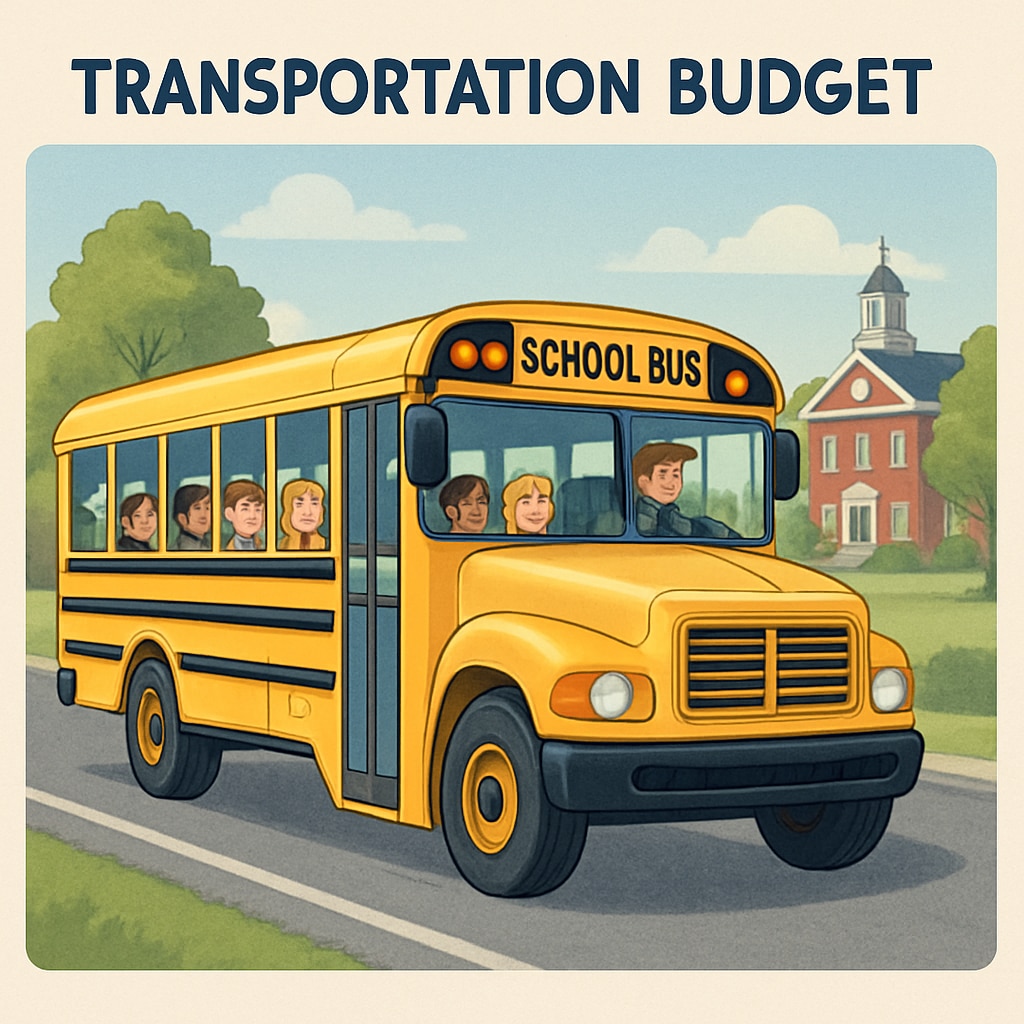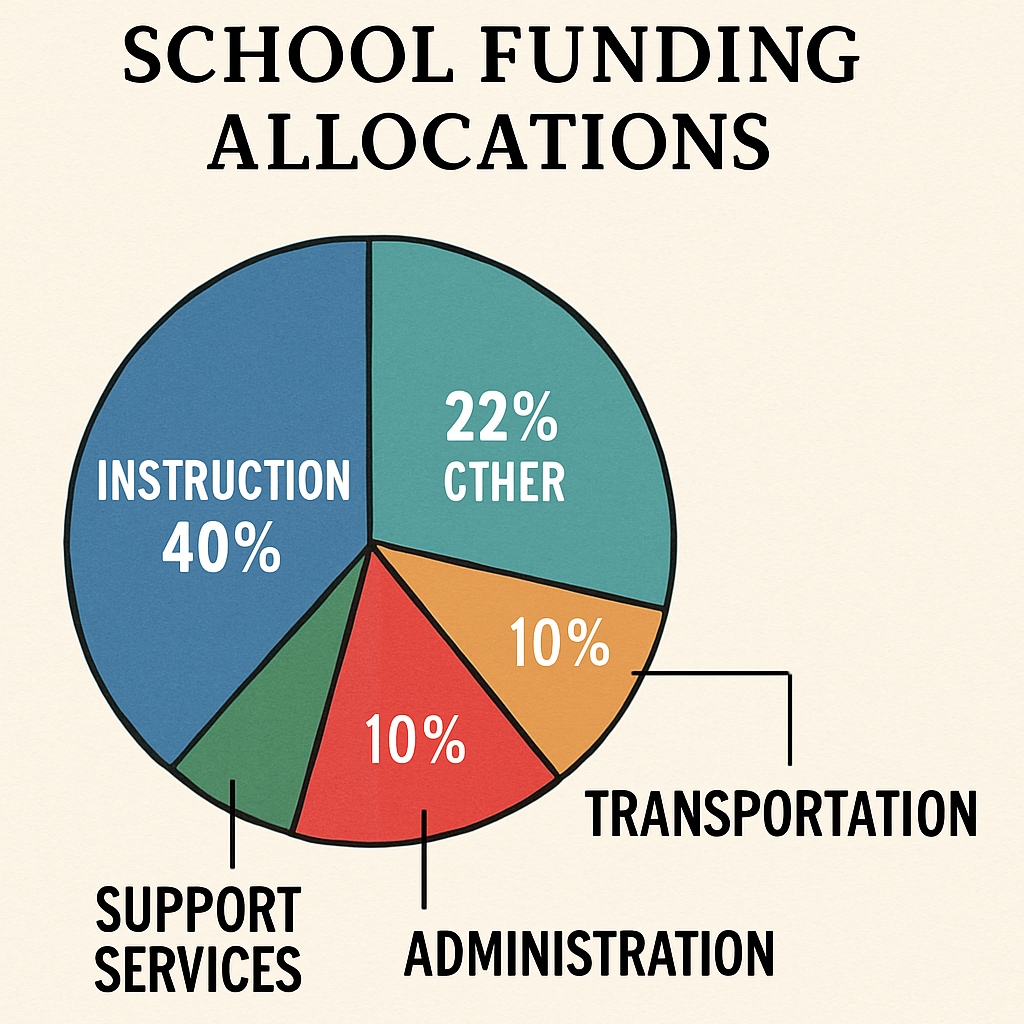When discussing the state of education, one of the most common metrics cited is “per-student spending.” This figure is often used to assess the adequacy of school budgets and the level of investment in students. However, the way funds are allocated and reported can sometimes distort the reality behind these numbers. By exploring the mechanisms of funding flows—such as those used in transportation systems—this article reveals the potential for statistical manipulation and calls for greater transparency in education finance.
The Role of Funding Flows in Inflating Per-Student Spending
Per-student spending is calculated by dividing the total expenditure of a school district by the number of enrolled students. On the surface, this seems straightforward. However, the allocation of funds across various categories can obscure the true picture. For example, transportation systems, which are critical to ensuring students can attend school, often consume a significant portion of district budgets. Yet, these expenses do not directly contribute to classroom learning.
Some districts allocate disproportionate amounts of state or federal funds to administrative or operational areas, such as transportation, and then include these expenses in their per-student spending calculations. This practice can artificially inflate the reported spending figure, making it appear that more resources are being dedicated to students’ education than is actually the case.

The Impact of State Funding Mechanisms on School Budgets
State funding mechanisms play an instrumental role in shaping how budgets are allocated. Many states distribute funding based on specific formulas that account for factors like enrollment, community income levels, and operational needs. While these formulas are designed to ensure equitable distribution, they can also create opportunities for manipulation.
For example, a district might receive additional funding for transportation needs if it demonstrates higher operational costs. As a result, there may be an incentive to inflate these costs, which can subsequently raise the overall per-student spending figure. This not only distorts the data but also shifts resources away from other critical areas, such as teacher salaries or instructional materials.
In addition, states often lack adequate oversight mechanisms to ensure funds are used effectively. This creates a lack of accountability, further enabling districts to misrepresent their spending priorities.

Why Transparency in Education Funding Is Essential
The issue of inflated per-student spending figures has far-reaching implications. Policymakers, educators, and parents rely on accurate data to make informed decisions about resource allocation. When the data is misleading, it can result in misplaced priorities and underfunding of essential programs.
To address this issue, several steps can be taken:
- Standardized Reporting: Establish uniform guidelines for reporting per-student spending to ensure consistency across districts.
- Independent Audits: Conduct regular audits of school budgets to identify discrepancies and ensure funds are allocated appropriately.
- Public Transparency: Make funding data easily accessible to the public, enabling stakeholders to hold districts accountable.
By implementing these measures, we can create a more equitable and transparent education funding system that truly prioritizes student success.
Conclusion: Moving Toward Accountability in School Budgets
The issue of funding flows and their impact on per-student spending highlights the need for systemic change in how school budgets are managed and reported. As this article has shown, practices such as inflating transportation costs can distort the reality of education finance, ultimately undermining efforts to improve outcomes for students. By advocating for greater transparency and accountability, we can ensure that every dollar spent on education truly benefits the students it is intended to serve.
Readability guidance: This article uses clear and concise language to explain complex financial concepts. Short paragraphs and lists make it accessible to a broad audience, while transitions like “however” and “for example” ensure a smooth reading experience.


